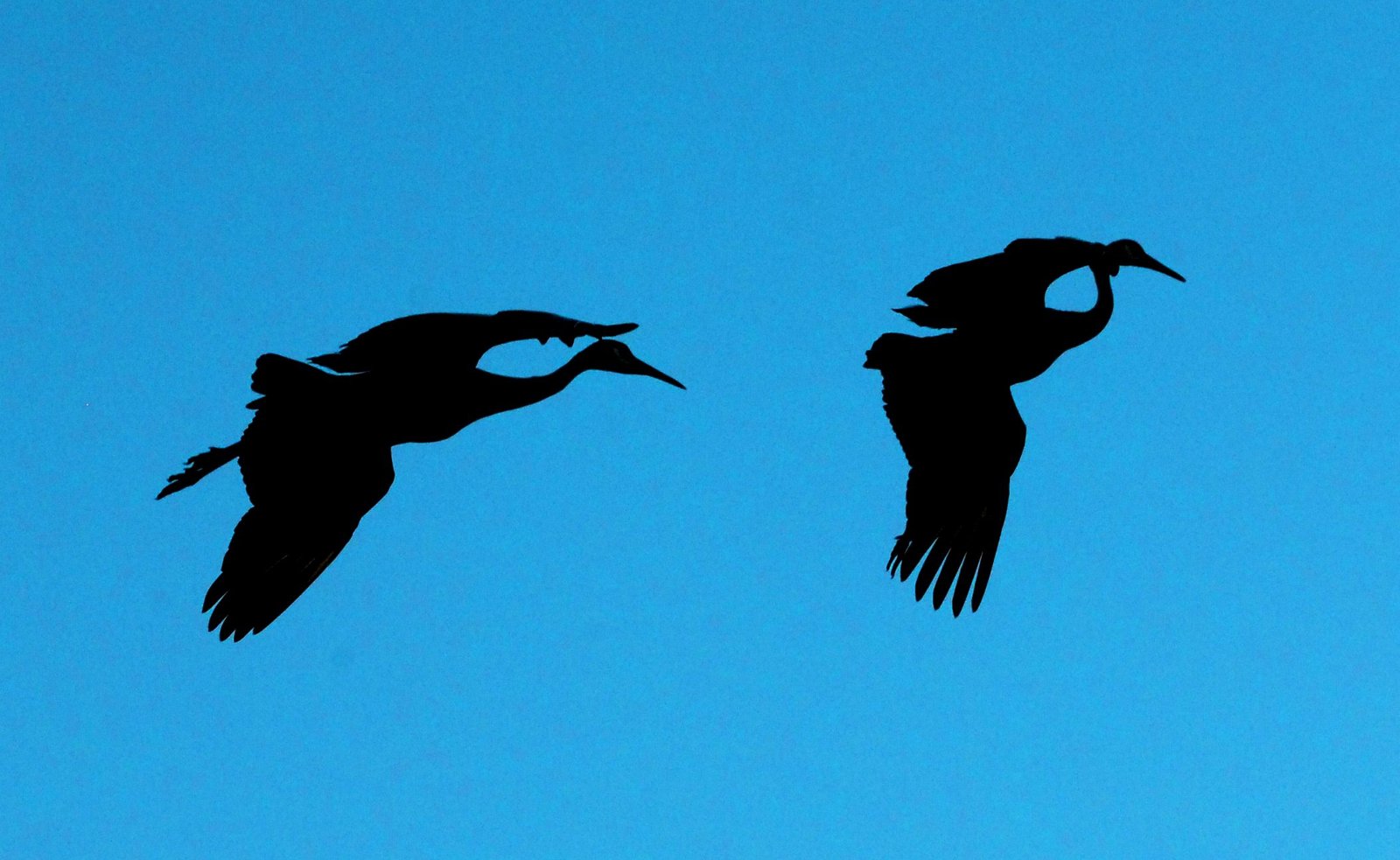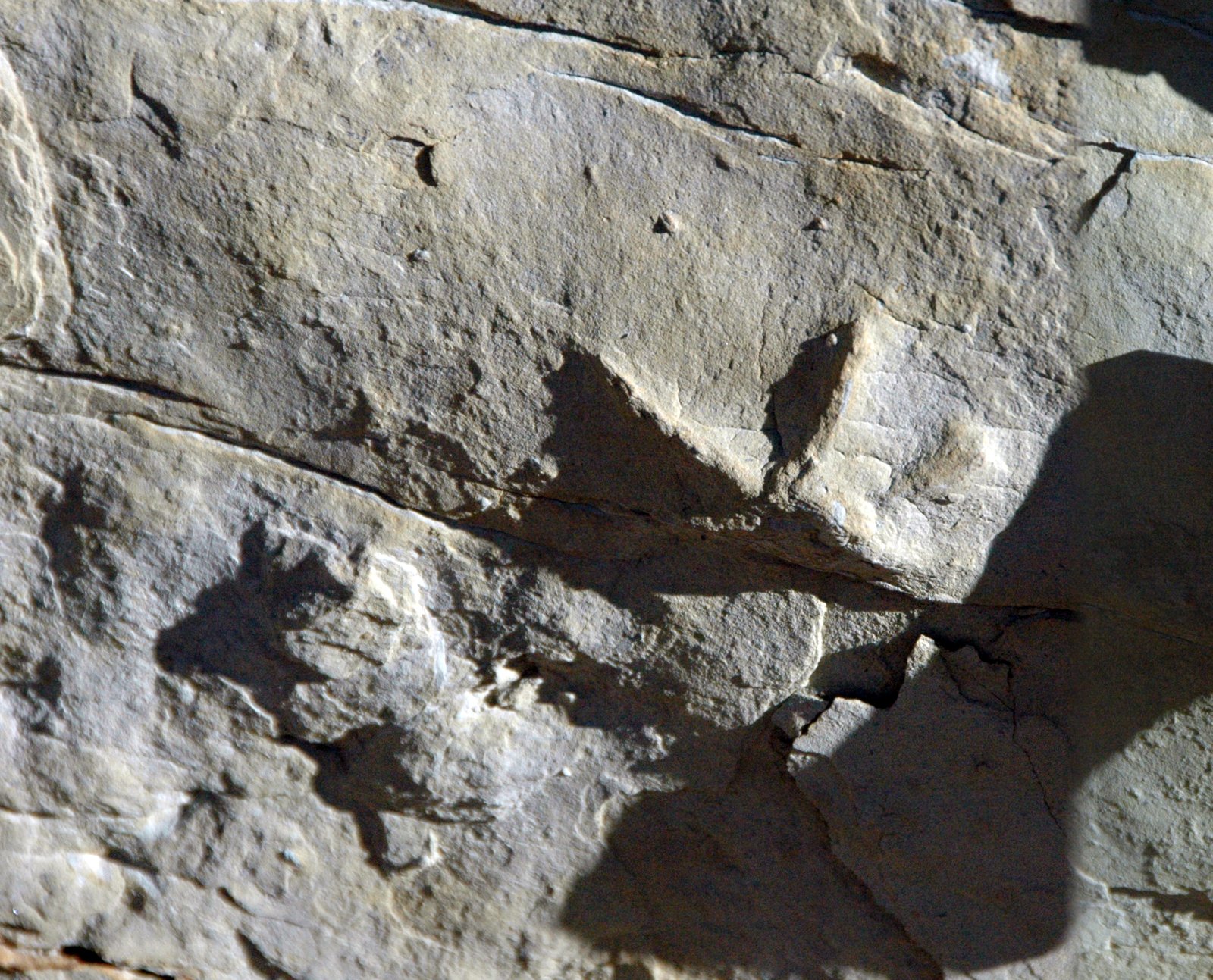The sky over Tucson has always felt a little larger, a little wilder—like a secret waiting to be told. Imagine looking up at dusk and catching a glimpse of something impossibly massive, wings stretched wider than a car, casting a shadow that chills your bones. For some locals, this is not just a tall tale whispered around campfires—it’s a memory, as vivid as the Arizona sunset itself. The legend of the Thunderbird, a creature born out of ancient myth and modern mystery, has tangled itself with the scientific study of birds in a way that’s both baffling and electrifying. What happens when our oldest stories crash into the hard facts of ornithology? In Tucson, it creates a spectacle as dramatic as a summer monsoon, drawing everyone from skeptics to believers into a storm of questions.
The Roots of the Thunderbird Legend

The Thunderbird isn’t just a Tucson oddity—it’s a legend woven through Native American folklore across North America. In these stories, the Thunderbird is a powerful spirit, a guardian that brings thunder and rain with the flap of its wings. Some tribes describe it as a protector, others as a harbinger of change or even destruction. These tales are not just entertainment; they are teachings, passed down for centuries to explain the unexplainable. The myth’s endurance hints at an ancient awe of the natural world, especially those creatures who rule the skies. In Tucson, where the desert meets the mountains, such legends feel almost at home, rooted in the landscape’s raw beauty and unpredictability.
Early Reports: The First Tucson Sightings

The earliest recorded Thunderbird sightings around Tucson date back to the late 1800s, when settlers and miners would occasionally report seeing “giant birds” soaring above the desert. These descriptions—wingspans wider than a wagon, a shape “like a lizard with feathers”—sound almost too wild to believe. Newspapers at the time, hungry for sensational stories, splashed these accounts across their pages, fueling both excitement and skepticism. For many, these early sightings blurred the line between the real and the imagined, prompting debates that still echo today. The landscape, with its endless sky and distant mountains, seemed to invite the possibility of hidden giants.
The Modern Resurgence of Thunderbird Sightings
Fast forward to the late 20th century, and Thunderbird sightings in Tucson experienced a strange resurgence. In the 1970s and 1980s, reports began trickling in—hikers, ranchers, and even schoolchildren described seeing huge, dark birds flying over the city’s outskirts. Some claimed to have found prints bigger than their own hands in the dust. The stories weren’t just campfire fodder; local radio shows and newspapers picked up the tales, drawing crowds of curious onlookers. For a while, it seemed like everyone had a cousin or friend who’d “seen something.” The collective imagination of Tucson was once again gripped by the mystery of the Thunderbird.
Eyewitness Accounts: Tales That Defy Explanation
Ask around in Tucson and you’ll hear stories that sound straight out of a fantasy novel. One rancher swears he saw a bird big enough to block out the sun, its wings beating slow and heavy as a freight train. A group of teenagers hiking in the Catalina foothills claimed a shadow passed over them so vast, they thought a plane was crashing. A retired teacher tells of hearing a strange, thunderous call late at night, unlike any owl or hawk she’d ever heard. These tales are often dismissed as exaggerations or mistaken identity, but they share uncanny similarities—details that make you wonder if there’s more here than desert mirage.
Ornithologists Weigh In: Science Meets Legend

When confronted with Thunderbird stories, ornithologists—scientists who study birds—tend to approach with a healthy dose of skepticism. They point out that the largest known flying birds in Arizona, like the California condor and the golden eagle, while impressive, don’t come close to matching the size described in Thunderbird reports. Scientists often suggest that optical illusions, unusual lighting, or even misidentification of large migratory birds could explain some sightings. Yet, they also acknowledge that the desert’s vast horizons can play tricks on the eye, stretching shadows and distorting shapes in ways that fuel the imagination.
Gigantism in Nature: Could Such a Bird Exist?

The idea of a bird with a wingspan of 20 or even 30 feet seems outlandish today, but history holds a few surprises. In prehistoric times, creatures like Argentavis magnificens soared over what is now South America, boasting wingspans up to 23 feet. These giants vanished millions of years ago, but their fossils whisper that nature once allowed for truly colossal fliers. Some scientists speculate about the limits of flight and whether Earth’s atmosphere could still support such giants. While there’s no evidence that a Thunderbird-sized bird exists today, the possibility tantalizes anyone who dreams of prehistoric wonders returning to life.
Misidentifications: Large Birds of the American Southwest
Arizona is home to some genuinely impressive birds. The California condor, with a wingspan up to 10 feet, is North America’s largest land bird and sometimes glides over the Grand Canyon. Golden eagles and turkey vultures, both common in the Tucson area, can look enormous against the open sky. Sometimes, when seen from below or at a distance, these birds can appear much larger than they are—especially in the shimmering desert heat. Ornithologists argue that most Thunderbird sightings can be chalked up to these mistaken identities, but for many, the myth persists.
The Power of Collective Memory
Stories of the Thunderbird don’t just survive—they evolve. As each generation in Tucson hears tales from their elders, the details shift and grow, much like a game of telephone. The legend becomes a shared inheritance, a way of connecting past and present. Even when science offers rational explanations, the emotional impact of these stories lingers. It’s as if the community itself wants to believe in something bigger than ordinary life, something that ties them to both the ancient world and the wildness of their own backyard.
The Role of the Desert Landscape
There is something about the Sonoran Desert that makes it the perfect setting for myth. The wide, open sky seems to invite the unknown, while the jagged mountains and endless stretches of cactus create a sense of untamed possibility. At dawn and dusk, the light plays tricks on the eyes, turning birds into shadows and shadows into monsters. This is a land where mirages are common, and where the boundary between fact and folklore can feel paper-thin. The desert isn’t just a backdrop to the Thunderbird legend—it’s an active participant, shaping the way people experience and interpret what they see.
Thunderbird in Popular Culture

The legend of the Thunderbird has taken flight far beyond Tucson, finding a home in comic books, movies, and music. From superhero stories to indie bands, the Thunderbird has become a symbol of power, mystery, and the untamable forces of nature. In Tucson, murals and local festivals sometimes pay tribute to the bird, blending traditional imagery with modern creativity. This crossover into pop culture helps keep the legend alive, making it accessible even to those who’ve never heard the original tales or seen the Arizona sky.
Scientific Exploration: Searching for Evidence
Despite the lack of hard evidence—no feathers, no bones, no undisputed photographs—some researchers and citizen scientists remain determined to investigate Thunderbird claims. Field studies, camera traps, and aerial surveys have all been used to try and catch a glimpse of something extraordinary. While most expeditions end with sightings of known raptors or nothing at all, the search itself becomes part of the legend. It’s a testament to human curiosity and the desire to understand the world’s mysteries, no matter how elusive.
Paleontological Perspectives: Fossils and Ancient Giants

Paleontologists offer a reminder that giant birds were once a reality, not just a myth. Fossils of creatures like the teratorn, an ancient bird with a wingspan up to 16 feet, have been found in North and South America. These discoveries provide a scientific basis for the idea that massive birds once ruled the skies. While there’s no direct link to the Thunderbird legend, it’s easy to see how ancient bones could inspire stories that persist for centuries. The line between paleontology and folklore can sometimes blur, especially in a place as steeped in history as Tucson.
The Psychological Side: Why We See What We See
Human perception is a tricky thing, especially in the vast, empty spaces of the desert. Psychologists suggest that our brains are wired to find patterns and recognize shapes—even when those shapes are just clouds or shadows. When we hear stories of Thunderbirds, we become primed to see them ourselves, interpreting ordinary birds or natural phenomena as something extraordinary. This is known as “expectation bias,” and it helps explain why so many people report similar experiences. The mind, after all, is a powerful creator of monsters and miracles alike.
The Skeptics’ Argument: Debunking the Myth

Not everyone in Tucson is convinced by the tales of the Thunderbird. Skeptics point to the lack of physical evidence and the tendency for stories to grow in the retelling. They argue that every reported sighting can be explained by known science: misidentified birds, atmospheric effects, or simple hoaxes. Some even suggest that the legend persists because people want to believe in something mysterious, especially in a world that feels increasingly mapped and measured. For skeptics, the Thunderbird is a fascinating story, but just a story.
The Believers: Why the Legend Endures

For many, the appeal of the Thunderbird legend isn’t whether it’s true—it’s what it represents. The idea that monsters or miracles might still exist in the modern world offers a sense of wonder, a reminder that not everything can be explained away. Believers see the Thunderbird as a symbol of freedom, power, and the possibility that there are still secrets waiting to be discovered. As one local put it, “It’s not about proving scientists wrong; it’s about keeping the door open to magic.” In Tucson, that door is still wide open.
What the Thunderbird Teaches Us About Nature and Mystery
At its heart, the story of the Thunderbird is a lesson about the relationship between humans and the wild places we inhabit. It reminds us that even as we learn more about the world, there are still corners of mystery and awe. The legend encourages us to look up, to wonder, and to respect the power of nature. Whether the Thunderbird is real, imagined, or something in between, its shadow continues to glide across the Tucson sky—challenging us to keep searching, to keep questioning, and to never lose our sense of wonder.




